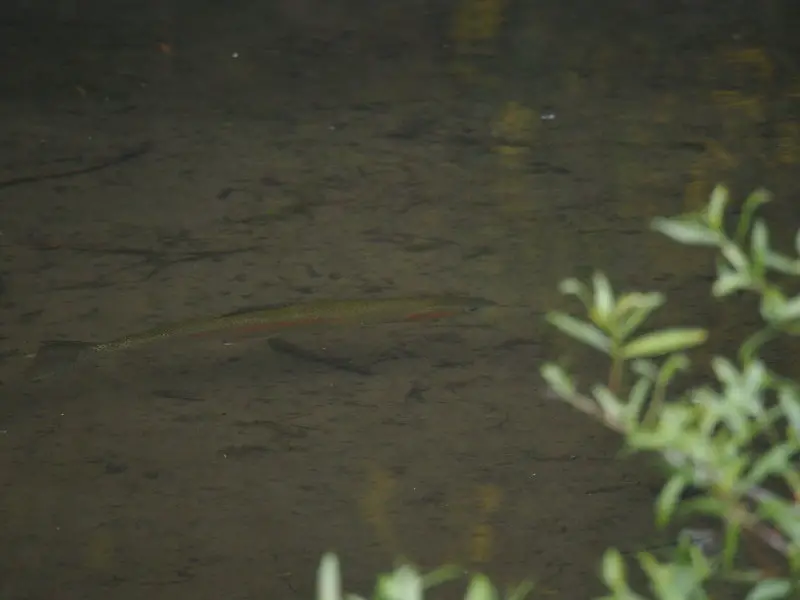I want to pay some respect to the willow tree and how their presence can really benefit the health of trout streams.
While there are 400 species of willows, for the most part, I will be referring to the common crack willow. An invasive hybridize species, native to Europe and Asia but which has been introduced to all continents except Antarctica. They can be found throughout much of temperate America.
On occasion, I will also refer to the various pussy willows, most notably due to their early flowering in the spring.
I also accept that many people do not like crack willows. They can cause flooding, out compete fragile eco-system and their falling branches can damage infrastructure. But in the right settings, they can very beneficial.
Willow’s an excellent source of trout food
Willow trees, often provide host to a huge amount of insect life. This is not normally noticeable from a glance.
As winter move into spring, the willows explode into life. Their flowers attract pollinators, their leaves are home to thousands of insects, including caterpillars, aphids, bees and predatory wasps.
With so many insects, many end up losing their grip and falling into the river below.
I will discuss two of the more notable insects from the trout’s and fly fisherman’s perspectives. The willow grub (larvae of the willow sawfly) and the giant willow aphid.
Willow flowers bring early season food to trout streams.
Willows are one of the first plants to flower in the spring. In the mountains I have seen pussy willows in full bloom when there was still ice on the river. These early flowers, bring all sorts of pollinators and insects right to the water edge.
These insects, still weak from their winter hibernations or just from misfortune fall into the water with some regularity. So even in the early spring, before even the first leaves have opened. The humble willows provide an important source of food for hungry trout as they struggle to recover from the cold winter months.
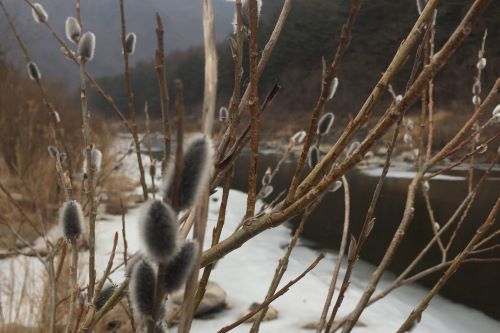
Willow Grub Aka Sawfly Larva
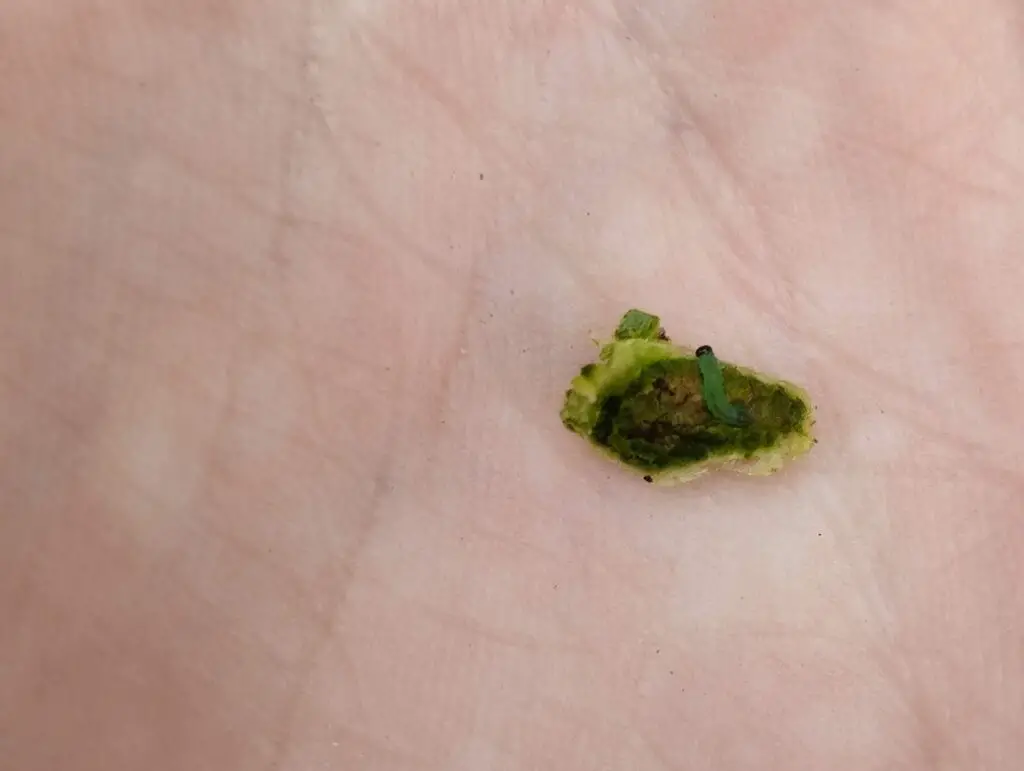
Willow grubs are the larva or inchworm of the Sawfly. Trout feed upon all life stages, but fly fishermen predominantly target the larva.
In extreme infestations, willow grub become so thick that trout become fixated on them to the point where they will ignore any fly which does not resemble a small caterpillar.
The quickest way to identify a willow grub infestation is to study the willow leaves for tiny blisters or galls. Inside these galls, the willow grubs pupate. If you can not find any galls, chances are there are not many willow grubs active and they are unlikely to be an effective fly pattern.
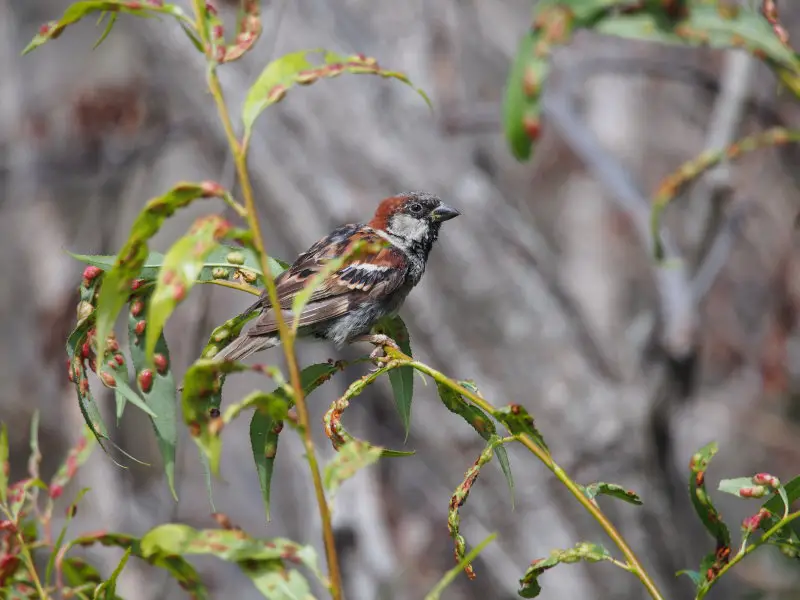
Willow grub color depends on the exact species of grub, but most range from yellow to green and all shades in between. I have also seen tiny black grubs, which must belong to a different sawfly species.
Sawfly larva rarely reach more than 20mm in length (about 3/4 of an inch), and the trout love them. The imitation flies are very tiny, typically tied on a #18 hook. I have attached a youtube video below showing how quick and simple a willow grub fly is to tie.
While the willow sawfly is native to the Northern hemisphere, the willow grub falls in New Zealand, Australia and Chile are almost legendary.
In the Northern hemisphere, the first generation of willow grubs hatch in May and feed through June, with a second generation hatching from July. In the southern hemisphere, the hatches begin as early as November and last well into summer.
The hatches do not seem to be quite as large in the Northern hemisphere, maybe due to the presence of more natural predators but where the two species coexist they still make up an important part of a trout’s diet.
Giant Willow Aphid
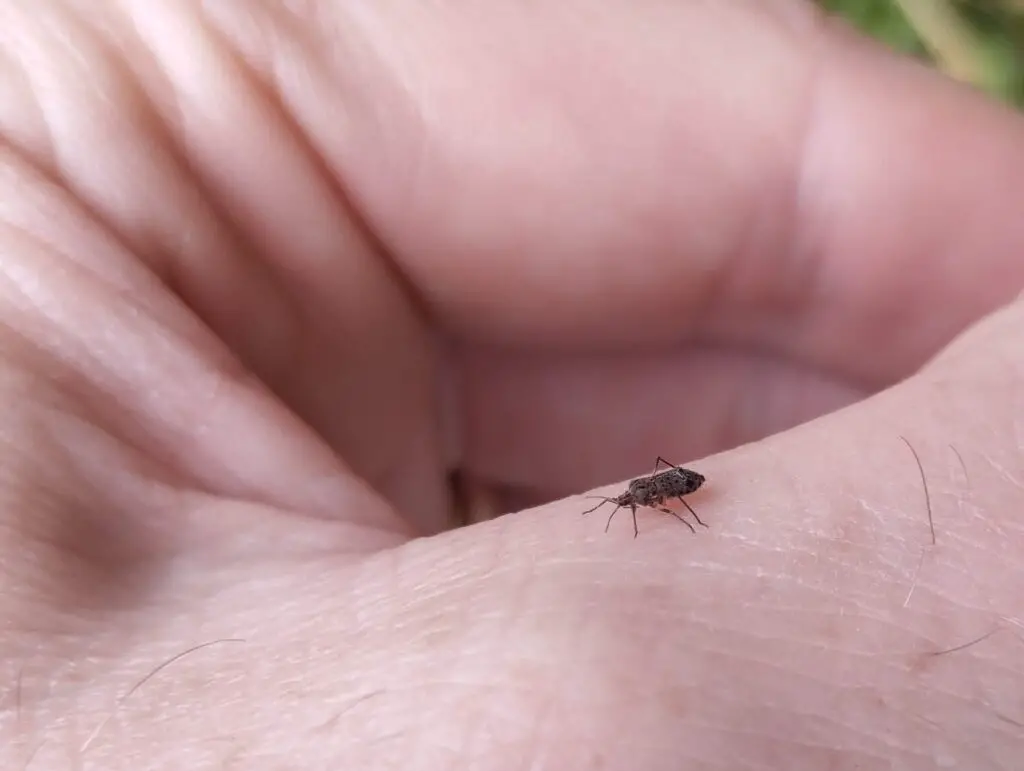
The next insect I want to discuss in more detail is the giant willow aphid.
The giant willow aphid is large for an aphid. With adults being about a 1/4” long (6mm). Fly fishermen seem to rarely talk about willow aphids. They seem to be flying under the radar. I even searched the internet, and the only mention of fly fishers targeting them is from this one article from Tasmanaia.
This is a shame because in areas of large infestations the aphid hatch is certainly noteworthy.
The quickest way to identify a large infestation of giant willow aphids is to look for the shiny, sugary ‘sap’ they seem to coat everything with. At times, sap droplets even drop down from the trees and stain the ground below. Later in the season, the ‘sap’ often turns black due to I assume microorganisms growing on it.
I can still remember when a willow aphid infestation hit my local creek. While the aphids have been there for a while. One year, conditions must have been ideal and the aphid numbers exploded. The willows were dripping with sap and the branches were covered in a sicky black growth.
All of this sugary sap seeping from the branches attached the attention of many other insects, including bees and butterflies. Many of which become stuck on the sap, while others fall into the waters below. It was like the willows have become an insect dispensing machine for the fish waiting below.
It certainly demonstrated to me just how much food willow trees can bring to a trout stream.
Now, I am the first to admit that not every year is going to see an explosion in aphid numbers, Most years I barely noticeable, but they are still up there on the twigs and branches feeding, exposing sap, and bringing in opportunistic feeders.
Willows change how rivers flow.
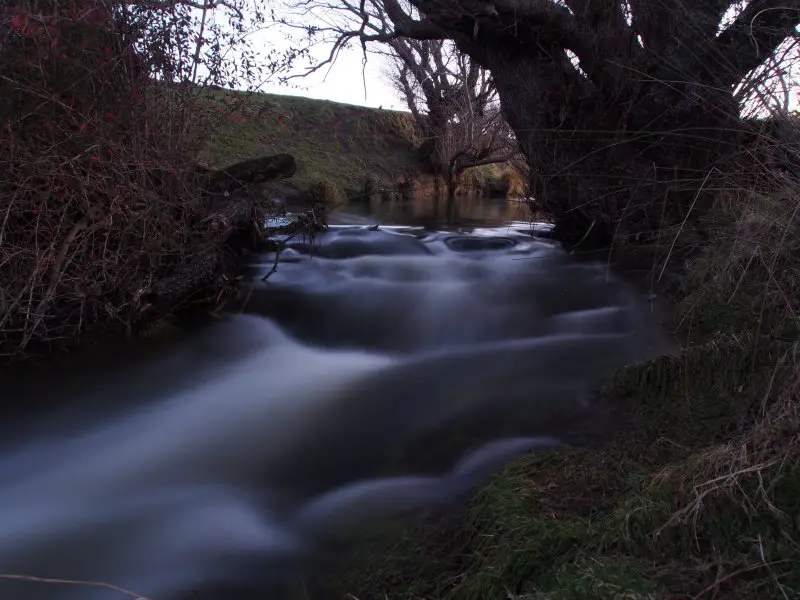
Some species have a greater impact on water courses than others. Beavers are probably the most famous example of a species, which can change how a stream flows. Their dams, create pools that turn into wetlands and in general slow the speed of runoff from rivers and streams.
Willows, also have a similar damming effect as beavers, they just take much longer to do it. Willows can create dams in two main ways. From their massive root balls, and by falling over and creating logjams.
Crack willows can grow to impressive sizes, and they have enormous matted balls of roots. These massive root balls act as natural dams in rivers and slow the rate of erosion.
Upstream of the root ball da large pools start to form. On the downstream side waterfalls are created, and we all know what waterfalls do? They create plunge pools.
So willows, combined with time. Can turn fast flowing shallow streams into a series of deep pools and small waterfalls. These benefit trout in a number of ways.
Firstly, the deeper water provides excellent habitat for fish. Where do the trout like to live? The shallow ripples, barely a foot deep? No, but the deep pools offers a refuge from the summer’s heat but also protection from predators.
The second main benefit is that the damming effect of willows slows down the water. Some shallow streams rise and fall rapidly with the rain. In droughts, they can even run dry. But, deep pools, created by willows can continue to hold water in all but the worst of droughts.

